Black Magic in Your Kitchen: 7 Irresistible Uses for Sea Salt with Black
If you’ve ever wandered through a gourmet food market or flipped through a sleek culinary magazine, chances are you’ve come across the mysterious and alluring sea salt with black. But what exactly is it? Why has it captured the hearts (and taste buds) of chefs and home cooks alike? In this article, we’ll dive deep into the world of black sea salt — its origins, its flavor profile, and how to make the most out of this intriguing seasoning. Spoiler alert: it’s not just for show.
Table of Contents
- What Is Sea Salt with Black?
- Types of Black Sea Salt
- Why It Matters in Cooking
- 7 Irresistible Uses for Black Sea Salt
- How to Store Black Sea Salt
- Buying Guide
- Conclusion
What Is Sea Salt with Black?
Sea salt with black typically refers to varieties of sea salt that naturally contain minerals which give them a dark hue, or have been infused with activated charcoal, algae, or volcanic ash to create that signature black color and earthy undertone. Unlike regular table salt, which is highly refined and stripped of minerals, black sea salt retains trace elements like magnesium, potassium, and calcium — giving it both nutritional value and complexity in flavor.
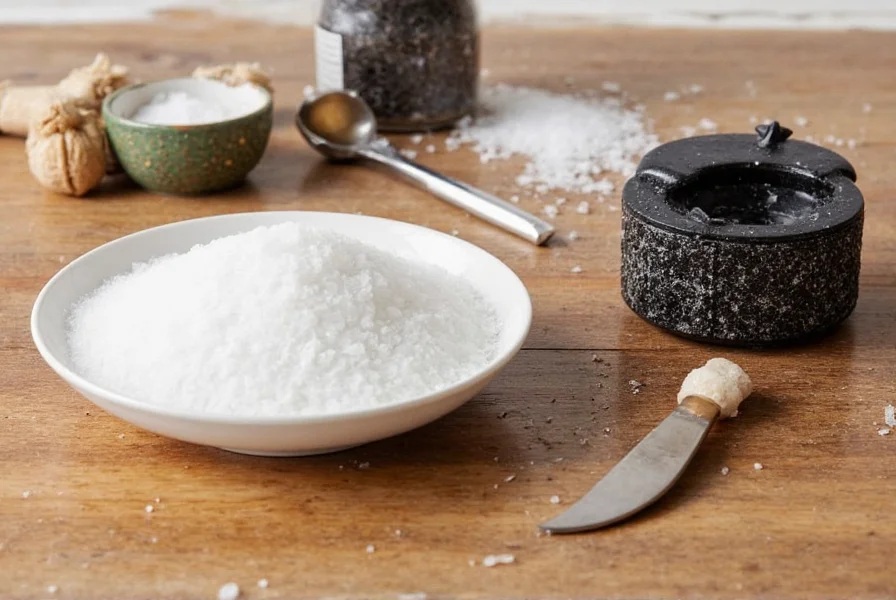
Depending on the region and method of harvesting, the shade of black can range from deep gray to obsidian-like, sometimes with specks or swirls of other colors like green or pink due to natural mineral deposits. Some popular types include:
- Himalayan Black Salt (Kala Namak)
- Sicilian Black Truffle Salt
- Alaea Black Sea Salt (Hawaiian Red/Black Salt)
- Volcanic Black Salt from Iceland
- Charcoal-Infused Gourmet Salt
Types of Black Sea Salt
| Type | Origin | Flavor Profile | h>Main Use |
|---|---|---|---|
| Kala Namak | India/Pakistan | Egg-like, sulfurous, savory | Vegan dishes, chaats, Indian street food |
| Truffle Salt | Italy/Sicily | Earthy, rich, luxurious | Finishing meat, pasta, risotto |
| Alaea Salt | Hawaii | Rich, slightly smoky, mineral-forward | Poke bowls, grilled meats, Hawaiian dishes |
| Volcanic Salt | Iceland | Clean, briny, complex | Fish, seafood, pickling |
| Activated Charcoal Salt | Global | Mildly bitter, aromatic, visually striking | Modern plating, detox recipes, cocktails |
Why It Matters in Cooking
The beauty of sea salt with black lies in its ability to elevate not just flavor, but presentation. Its dramatic color makes any dish pop, while the nuanced taste offers layers you won’t find in ordinary salts. Think of it as the finishing touch that transforms your dish from “good” to “Wow.”
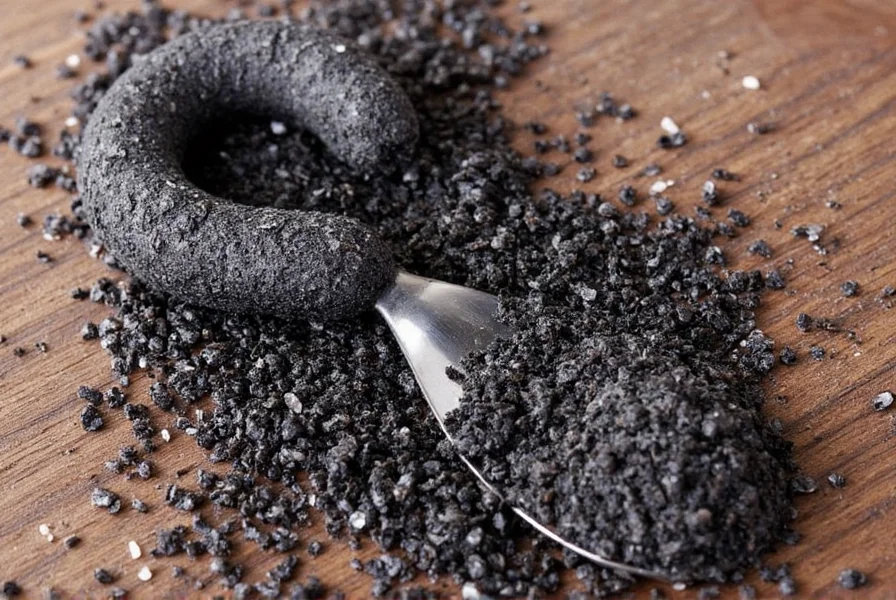
Here’s why it matters:
- Visual Appeal: The dark color adds contrast, making dishes more photogenic — perfect for Instagram lovers.
- Mineral Complexity: Unlike table salt, black sea salt brings natural minerals to the party, enhancing depth and umami.
- Versatility: From sweet to savory, hot to cold, there's a place for black salt in almost every type of cuisine.
- Cultural Storytelling: Using authentic black sea salts connects you to traditions from India, Hawaii, Iceland, and beyond.
7 Irresistible Uses for Black Sea Salt
1. Sprinkle Over Avocado Toast
You’ve had avocado toast before. But have you had it with a sprinkle of truffle-infused black sea salt? Suddenly, your breakfast becomes brunch-worthy. Try pairing it with lemon zest for an extra burst of freshness.
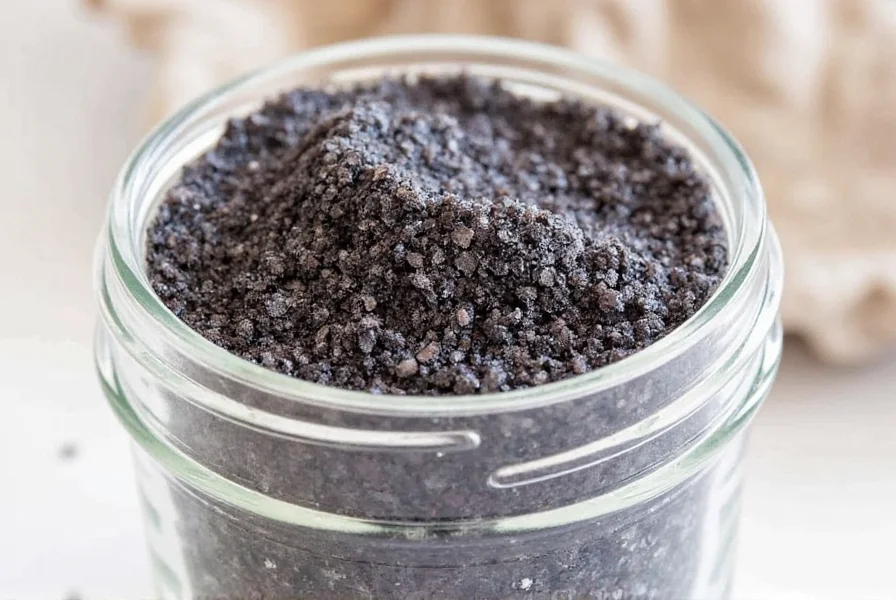
2. Finish Grilled Meats
Nothing says sophistication like a thick ribeye dusted with chunky black sea salt crystals. The slight bitterness balances the richness, while the texture gives each bite a satisfying crunch.
3. Enhance Chocolate Desserts
Dark chocolate and sea salt are already best friends. Take it up a notch by using black sea salt — especially charcoal-infused or volcanic versions — to add a subtle smokiness that pairs perfectly with bittersweet cocoa.
4. Boost Cocktails
Rim your glass with black salt instead of sugar or regular salt. Whether you're sipping a margarita, a Bloody Mary, or a fancy gin-based cocktail, the visual drama and flavor twist will impress your guests.
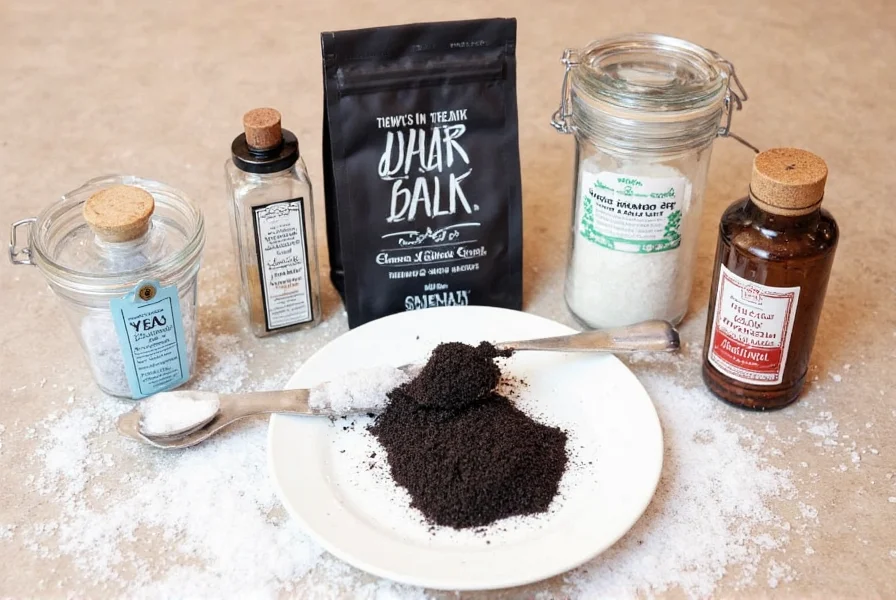
5. Season Roasted Vegetables
Toss roasted carrots, Brussels sprouts, or cauliflower in olive oil, then finish with a dash of Himalayan black salt for an earthy kick that enhances their natural sweetness.
6. Elevate Popcorn
Ditch the butter and sprinkle black sea salt on freshly popped corn for a trendy, healthy snack. Add chili flakes or nutritional yeast for extra flair.
7. Garnish Ceviche or Poke Bowls
The brininess of black sea salt complements raw fish beautifully. A light dusting over ceviche or poke bowls brings everything together without overpowering the delicate flavors.
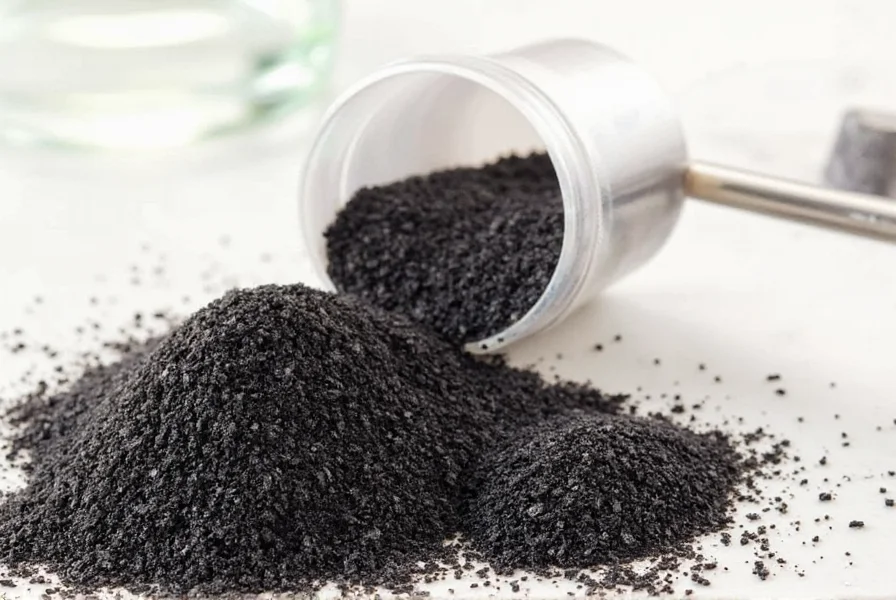
How to Store Black Sea Salt
To keep your black sea salt at peak quality, follow these simple storage tips:
- Airtight Container: Prevent moisture from clumping the salt by storing it in a sealed jar or tin.
- Cool & Dry Place: Humidity is the enemy of salt. Keep it away from heat sources and direct sunlight.
- No Refrigeration Needed: Unless you live in a very humid climate, room temperature is ideal.
- Use Within a Year: While salt doesn’t spoil, infused versions (like truffle or charcoal) may lose potency over time.
Buying Guide: Choosing the Best Black Sea Salt
Not all black sea salts are created equal. Here’s how to choose the right one for your kitchen:
What to Look For:
- Natural Ingredients: Avoid artificial additives or anti-caking agents. Read the label carefully.
- Texture: Do you want fine grain for sprinkling, or coarse crystals for grinding?
- Origin: Authenticity matters. Look for salts harvested from specific regions (e.g., Hawaii, Iceland, Italy).
- Purpose: Are you looking for everyday use or special occasions?
- Price Range: Black sea salts vary widely in price depending on rarity and infusion method.
Top Picks for Different Needs:
| Product Name | Best For | Features | Pros | Cons |
|---|---|---|---|---|
| True Elements Himalayan Black Salt | Vegans, Indian cuisine lovers | Soft, egg-like aroma; soft texture | Inexpensive, great for daily cooking | Might be too strong for some palates |
| Lumina Volcanic Salt | Seafood and fish lovers | Lightly briny, clean finish | Beautiful packaging, sustainable source | Higher end price point |
| Gourmet Garden Charcoal Salt | Cocktails and desserts | Activated charcoal blend | Great for plating, mild flavor | May stain surfaces easily |
| Bella Terra Sicilian Truffle Salt | Upscale dining, special occasions | Real Italian truffle bits | Luxurious aroma, high impact | Very expensive |
| Kona Crystals Alaea Salt | Smoky grilling, poke, Hawaiian style | Naturally red-black blend | Rich mineral content, versatile | Harder to find locally |
Conclusion
Whether you’re a seasoned chef or a curious foodie, adding sea salt with black to your spice rack is a decision worth savoring. With its bold appearance, unique flavors, and cultural depth, it’s more than just a seasoning — it’s a conversation starter, a flavor enhancer, and a statement piece on your plate.
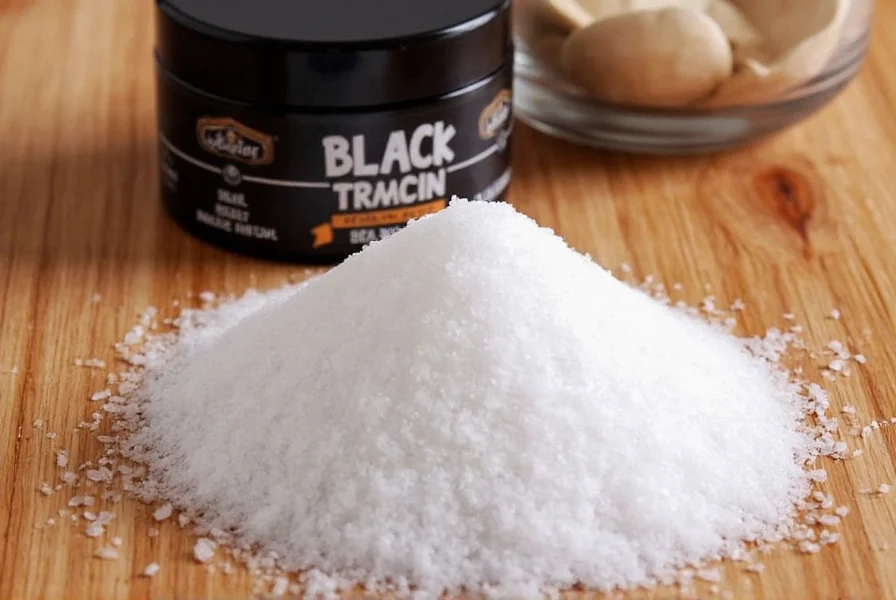
From humble beginnings in ancient oceans to modern-day kitchens, black sea salt has traveled far — and now it’s ready to travel onto your next dish. So go ahead, shake things up. Let the black magic begin.

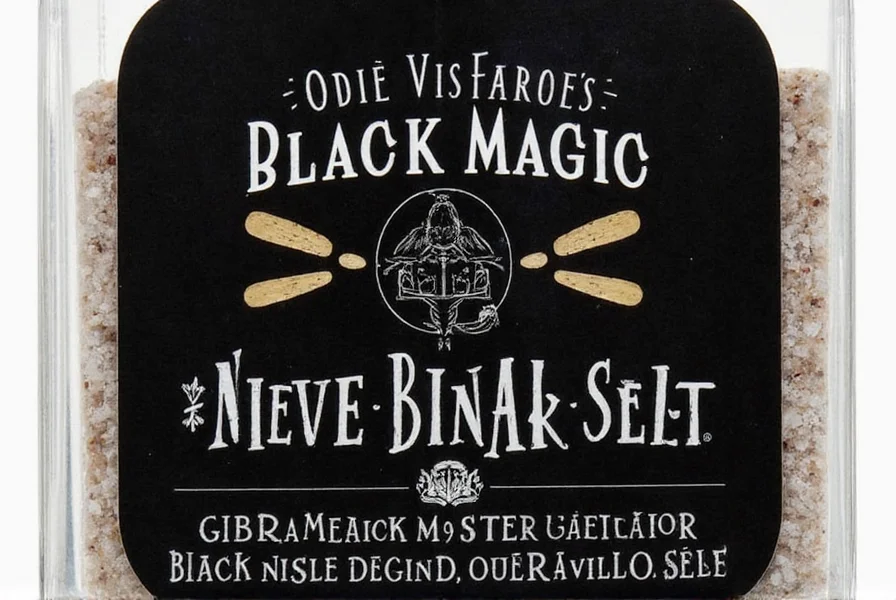









 浙公网安备
33010002000092号
浙公网安备
33010002000092号 浙B2-20120091-4
浙B2-20120091-4